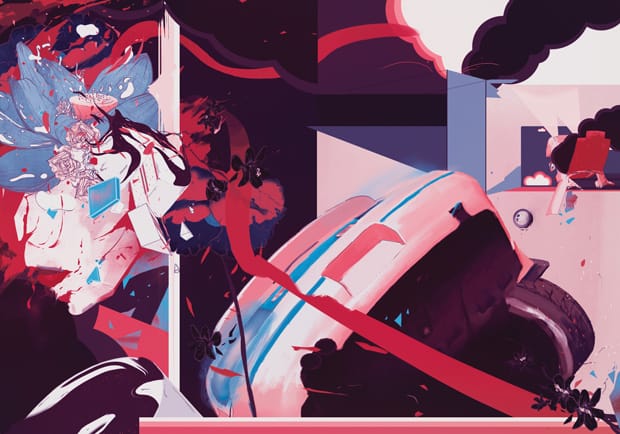This designer and filmmaker studying at Rhode Island School of Design creates beautiful, abstracted compositions that slowly reveal their dark and eerie subject matter.
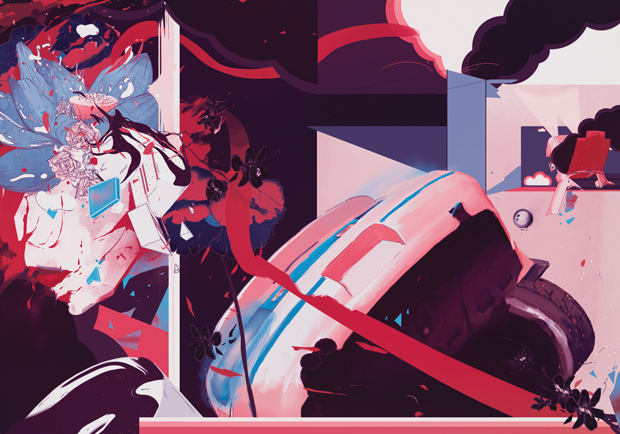

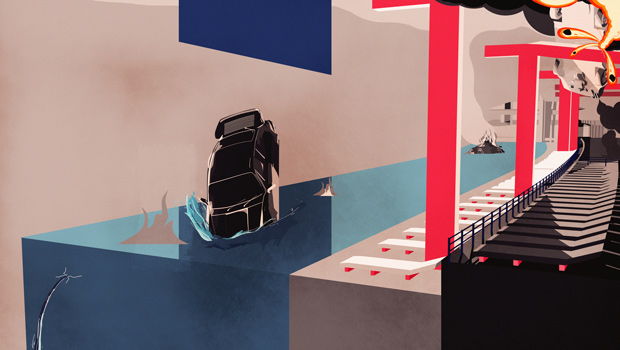
How would you describe your practice?
I consider myself a painter, but I’m most inspired by film-making and work with the mindset of a director. I don’t have access to a big-movie budget, sets, or actors, so I work through my paintings instead of the lens.
As for my inspiration, I’m most influenced by history and world politics; they allow me to think outside of my own perspective to see humanity in a larger arena. My process can best be described as a natural progression from one piece to the next. I’ll be working on a painting, then something from that painting influences an entirely new painting, and I might move on to create a dozen more pieces before I ever return to the first. Then at some point I realise a painting needs to move, and that’s when I begin to animate and a story forms. This is why I largely work digitally: these processes give me the freedom to change my ideas and allow my work to develop naturally.
Your project A Beautiful Car Crash is wonderfully realised, could you tell us a bit more about it.
This particular piece is inspired by an opportunity I had to travel to Israel and the Palestinian Territories for a documentary film. I have always been interested in journalism and more specifically journalism as it relates to conflict, but on the frontline my attention turned to the journalists themselves. They all have different ideological codes and reasons for what they are doing: different realities concerning what is right and what is wrong, what is helpful and what is exploitation and why they are involved in a conflict that isn’t their own. My fascination switched from interest in being a journalist to the inherent exploitation of journalism.
In this project, I take my own ideology to an extreme – one with no moral basis. I want to create a new reality where a moral conscience does not apply and there is no longer a right or a wrong. From a perspective of zero morality, the media (images in print, television, and magazines) becomes purely aesthetic, and in turn can become aesthetically pleasing. Beauty can exist in the most horrific of events, and in this specific piece, I focused on a car crash.

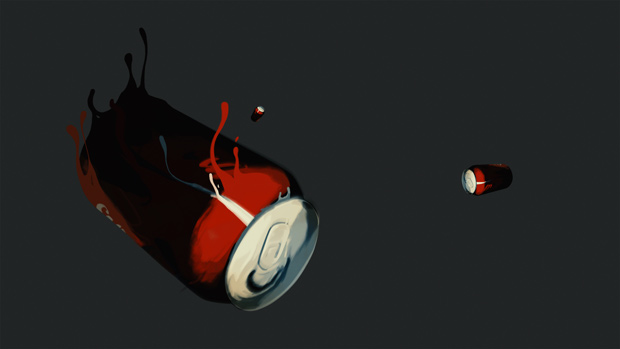
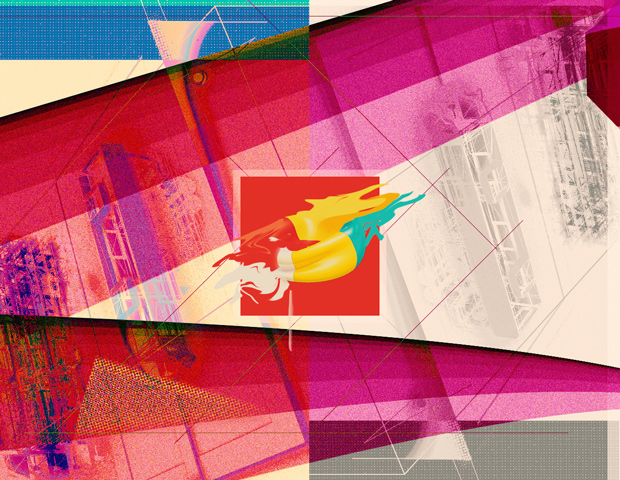

You use a wide variety of media, from graphite to digital animation. Do you have an approach that underpins all of your work, regardless of media?
Although cheesy, I’d have to say the common theme is emotion, but not necessarily with the intention that the viewer picks up on the reasons for the emotion. I hope that my work affects the viewer in a way that allows them to relate their own experiences to the work and so become a part of it.
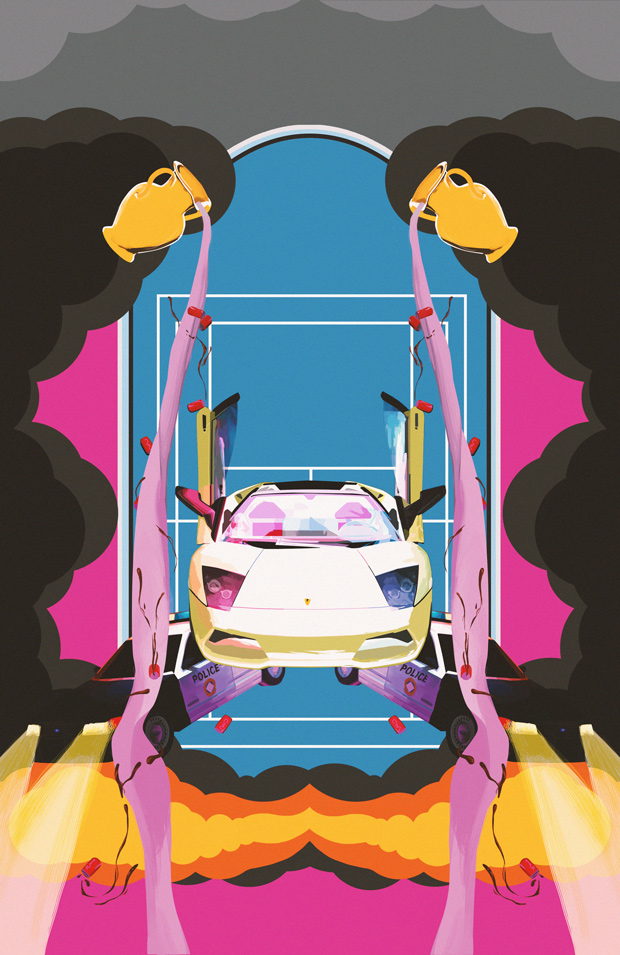
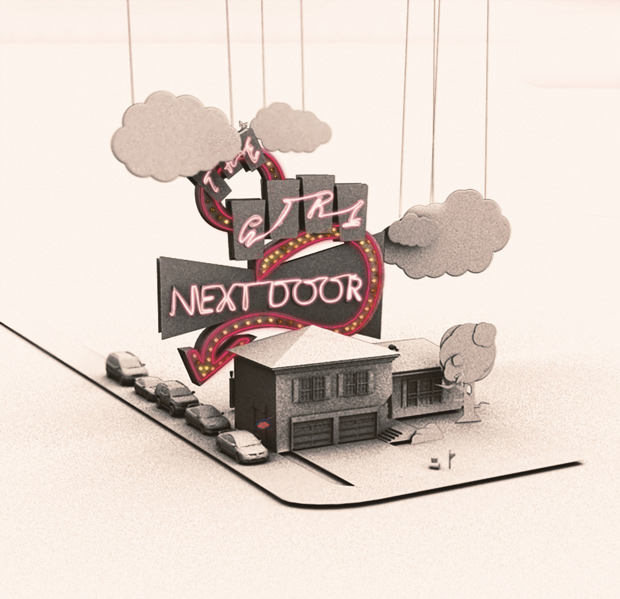
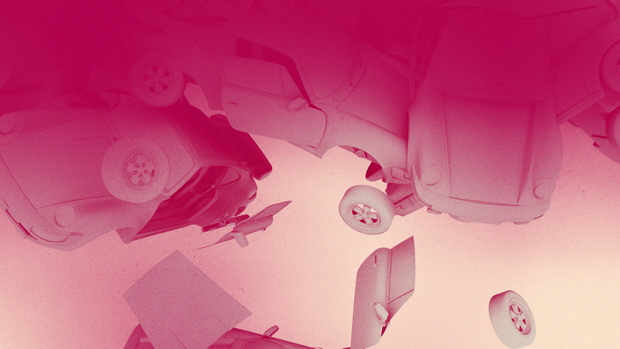
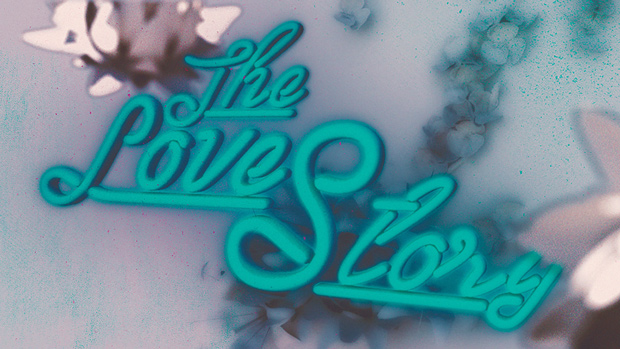
What have you been working on recently and what’s next?
I’m currently devoting my time to my senior degree project, which is a video exploring themes present in A Beautiful Car Crash. As for what’s next, I’m finishing up my last year of school, and my biggest hope is to be able to keep creating as I enter ‘real life’. Working with a small production studio or design team would be a dream.
If you could collaborate with anyone on a project, who would it be?
That’s a hard question because there are so many talented people out there, especially my friends. Specifically though, it would be amazing to collaborate with Zeitguised, a small studio based in Berlin. I’m extremely interested in CGI and 3D animation as a tool. Its ability to re-create and subvert reality is beyond ridiculous, and Zeitguised is on the cutting edge. Their work is beautiful.
behance.net/egrothja7252
grothjan.tumblr.com




